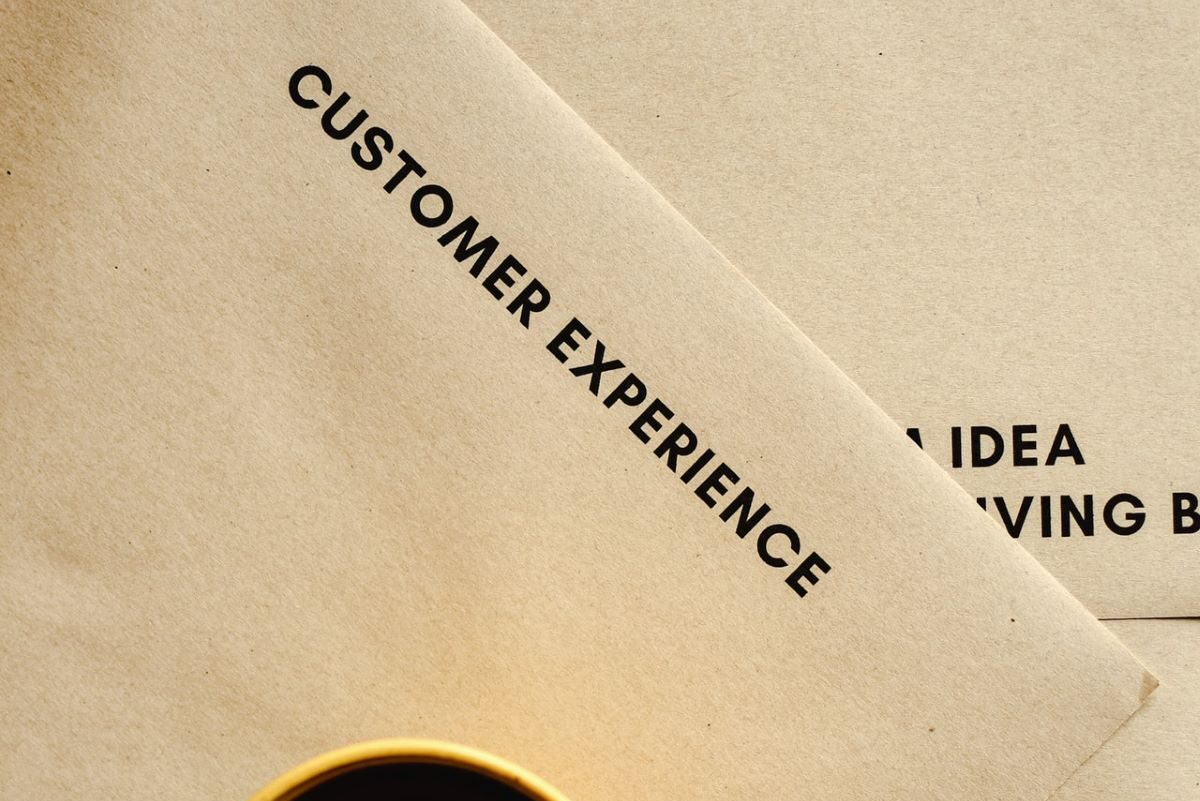Commonly neglected customer experience factors
Book Your Demo
Studies show that over 73% of customers agree that customer experience helps them make a buying decision. And another fact that proves that is that customer-centric companies get more revenue than companies that neglect customer satisfaction. Therefore, choosing to ignore the needs of customers as a business will only inevitably lead to losing out on a lot of customers. With solutions such as client relationship management software for movers, you can come one step closer to providing customers with an optimal experience. However, there are other things that you need to consider as well. In this article, we take a closer look at the most commonly neglected customer experience factors and how to tend to them properly.
8 commonly neglected customer experience factors

1. Prioritizing customers over all else
The fulfillment of customers’ needs should be the primary objective of any business looking to achieve long-term success and growth. However, greed often gets in the way of this goal and creates a temptation for customer success managers (CMSs) to put the growth of the business before the overall experience of the customers. And this is among the most commonly neglected customer experience factors.
It’s understandable to want to do what’s best for your brand, be that acquiring new software or coming up with new marketing solutions. What is not acceptable, however, is cutting corners and depriving customers of certain benefits for the sake of achieving short-term business growth. So, instead of prioritizing your own moving business and getting ahead, focus on helping customers achieve their goals to the fullest and providing them with a memorable experience in the process.
2. Putting the right person in charge

A business cannot hope to ensure a full customer experience without the right person to oversee and maintain it all. Often enough, it happens that companies don’t take the time and consideration it takes before putting someone in charge of certain activities. And this usually leads to lost opportunities, customers, employees, etc. So, if you want to ensure the best customer experience, you need to find the ideal person for the job of ensuring it.
3. Optimizing customer support
Customer experience and customer support, although not the same, work in sync with one another. Customer experience is more focused on being proactive and taking precautionary steps to ensure that customers don’t need customer support. So, customer support is really a backup plan for filling in the gaps in customer experience, making it a part of the overall experience.
Therefore, it is only logical that companies should take the necessary steps to ensure that the safety net that is customer support is tight and secure. After all, neglecting this final line of defense can easily lead to your brand taking a hit and the loss of credibility as a company. One of the ways for companies to avoid neglecting customer experience factors such as this one is through the use of software solutions. With customer care software, your company can strengthen the ability to support customers through the use of digitization and automation. All this plays a big role since good customer support spreads like forest fires and can lead to more referrals and word-of-mouth marketing.
4. Spamming customers
There is a thin line between engaging customers and annoying them. And it is a line that a lot of businesses tend to cross in an effort to leave an impression. It is also an important part of the customer experience that brands create.
Over-engaging your customers is rooted in a need for affirmation. Businesses are uncertain about the customer experience and so they try contacting them to break the silence and get feedback. And this can often result in coming off as fearful of losing customers and insecure in the quality of products/services. Instead of wasting time and resources on seeking out the approval of customers, refocus those efforts into improving the quality of what you have to offer customers. Quality speaks for itself, and customers often join in without an invitation to do so.
5. Making promises that you can’t fulfill
Too often do businesses lean toward making impossible or unrealistic promises to customers in hopes of converting them. And while this may lead to a conversion, it is a one-time deal if a business fails to deliver on those promises. While customers will appreciate a business that comes through on its word, they will more easily turn on a business that doesn’t. And there is also the risk of setting customer expectations higher and higher with each promise you make.
The solution here would be to control the promises you make to customers. And if there is a deadline or expectation that your business is unable to fulfill, reaching out to customers and letting them know is a great way to soften the blow. Preparing customers for bad news leaves less space for them to end up disappointed and upset.
6. Creating a customer experience database
One of the many effective ways of using customer data is identifying ways to optimize the customer experience. One of the most commonly neglected customer experience factors that companies don’t give enough credit to is data sharing. No company has a single department that interacts with customers. Instead, you have sales, marketing, customer support, etc. These are all separate departments that have separate interactions with customers. And it often happens that different teams will have interactions with the same customers.

Creating a database for customer experience will enable shared access to all departments and employees. That way, it will be much easier to choose the right approach for each customer.
- For example, when your sales team has insight into which campaigns the customer reacted to, it becomes simpler for them to choose the right sales pitch. Another example would be how to come up with the right campaigns based on the feedback that customer support received.
And you can solve all this with the right project management software for movers in place. MoversTech CRM for movers is an example of just how simple and productive it can be to have all your data in one place, for all internal teams to see and use.
7. Generalization of customer reactions
Although there are certain behavior patterns and reactions that you are repetitive, there are always unique cases and customer reactions to take into consideration. And in an effort to automate the customer experience process, a lot of companies choose to follow generic guidelines in assisting customers, which ends in a lack of personalization and lack of connection with customers. This is why a personal approach is important when dealing with customers. Customers expect special treatment, and with the data from your CRM and a little effort, you can provide that.
8. Engaging low-quality leads
This aspect does not fall under the commonly neglected customer experience factors as much as wasting resources. At the end of the day, not everyone is a good fit for your business. And those that aren’t are simply not worth the trouble of going through the entire ordeal of guiding them from site visitor to customer. You can combat the problem by working with your sales and marketing teams. Let them help you gather valuable information about your prospects, allow you to spot bad-fit leads, and prevent them from turning into costly customers.
Focus your business strategy on what matters most

Despite the long history of consumerism and everything we learned from it, there are still companies out there that don’t prioritize customer satisfaction. It’s not that they don’t find it important but that they choose to neglect certain aspects of the customer’s experience and journey for the sake of other things. And in most cases, the reason behind it is that they lack the resources or the manpower for it. And this is where the influence of good customer management software for movers comes in handy.
- To learn more about how MoversTech can help your business improve, contact our team and schedule a consultation or demo.
Stay Informed
Subscribe for industry
news & updates
"*" indicates required fields
